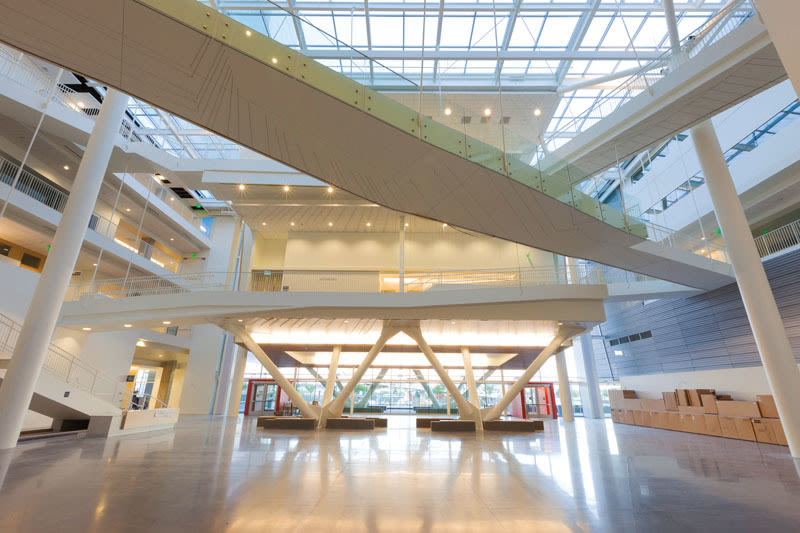A Good Life

As a kid, a staple of my television diet was The Guns of Will Sonnett, a western starring Walter Brennan as an aging gunslinger who was still the fastest draw in the West. Each time he told a stranger of his standing, he punctuated it with a simple phrase he was often pushed to prove: “No brag; just fact.”
Portland developer, philanthropist, and scientist Bob Gerding, to my knowledge, never drew a gun during his 71-year life, which cancer brought to an end August 18. But I vividly remember the similarly direct way he once answered a question I posed: What was the essential ingredient to his and Mark Edlen’s success in pulling off so many risky but profoundly city-changing urban buildings, not with just ease, but with élan? “Well,” Gerding said, leaning forward, his pumpkin cheeks curled around his grin, “We’re just smarter than everyone else.”
Indeed, in a city that loves to brag to itself about the quality of its architecture and urban design, Gerding and Edlen offered the fact of a bold new series of benchmarks. For the Wieden & Kennedy Headquarters, the duo redeveloped a rotting turn-of-the-century paint warehouse into one of the city’s great works of architecture of the past 50 years. A block away, they transformed a moribund, five-block industrial leftover into the Brewery Blocks—a thriving mix of renovated historic landmarks, top-rank sustainable buildings, and savvy urban design that would become the most valuable piece of real estate in Portland history and one of the most celebrated urban redevelopments in the country. And, as if that wasn’t enough, Gerding personally led the renovation of the last Brewery Block—an ancient, brick National Guard armory—into the Gerding Theater, the first performing arts facility and historic preservation project in the United States to earn a LEED Platinum sustainability rating. Reconceived and rebuilt in just six years, these five city blocks gave downtown a new center, pulsing with lawyers, creatives, retailers, arts aficionados, and residents young and old.
Success has many authors, but anyone involved in this fundamental rewriting of the city’s landscape will tell you Gerding championed this one. And it was the crowning achievement (no brag; just fact) of his second career. The first—biochemistry, in which he realized similarly bold achievements—prepared him especially well for what became his final act. Successful development, he once told me, wasn’t just a profitable solution of an economic equation; it was the creation of an ecology that, as in biology, would thrive with greater diversity.
His formula was nothing new. Great urbanists like Jane Jacobs and Christopher Alexander understood it more than 30 years ago. But the mechanisms of financing today’s development still prefer monocultures: housing, workspace, even arts institutions in “districts” or, at the very least, in separate buildings. Gerding and his collaborators’ keen intelligence was in how successfully they mixed it all up, the sum growing much greater than the parts.
Today, when I visit Wieden & Kennedy’s soaring atrium, walk through the bustling street life of the Brewery Blocks, or take in a performance at the Gerding Theater, I like to think of myself taking part in Bob Gerding’s joyful biological experiment. The development, like the man, was all about brains, but even more about the heart.
